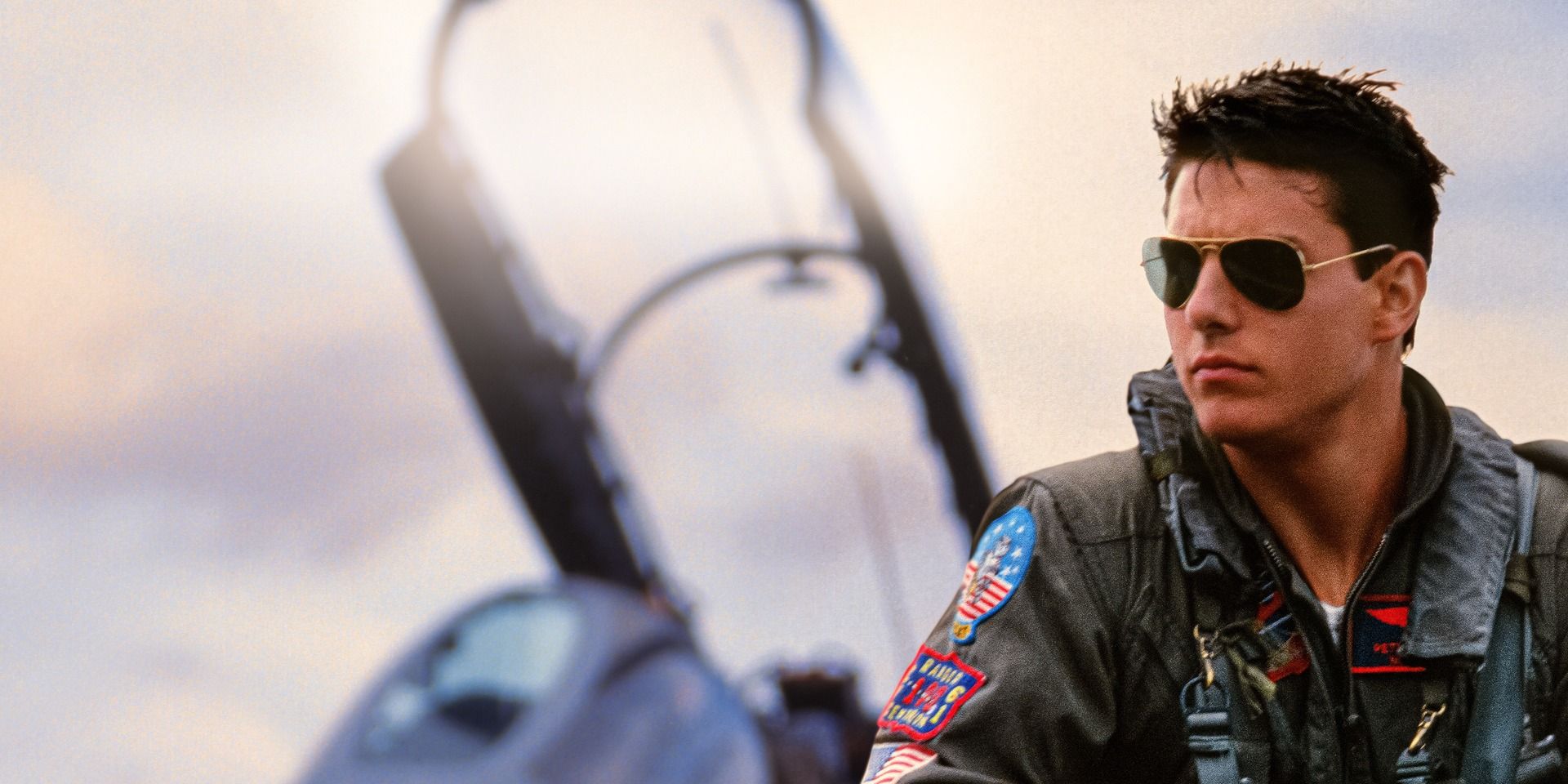
In terms of action, there’s no one quite like Tom Cruise. His career has been a lasting relationship with this genre, bringing to life not only one but two iconic action heroes. The first is the indomitable Ethan Hunt from the Mission: Impossible series, and secondly, the rogue fighter pilot Maverick from Top Gun. Known for its revolutionary aerial cinematography and unique access to U.S. Navy aircraft and facilities, Top Gun was all about authenticity in portraying naval aviators and their F-14 Tomcats.
In the midst of striving for authenticity, one obvious and intentional inaccuracy remains conspicuous: the type of enemy aircraft portrayed. The streamlined, black fighters that Maverick and his comrades engage are popularly known as “MiG-28s.” However, there is no such plane in reality. This change wasn’t a mistake or carelessness on the part of the filmmakers. Instead, it was a thoughtful, imaginative, and practical choice that, despite being nearly 40 years old, can now be seen not as an error, but as a potent element that significantly amplified Top Gun’s visual impact, narrative flexibility, and ultimately, its legendary status.
MiG-28 Was the Initiating Unknown Enemy in Top Gun
A Jet Invented Out of Political Dilemma
The tale of how the imaginary MiG-28 came into being is not just captivating but significantly linked to American history, particularly during the geopolitical setting of the mid-1980s. At that time, the Cold War was far from over, with the main adversary of the United States and its NATO allies being the Soviet Union, whose air forces operated a variety of Mikoyan-Gurevich (MiG) and Sukhoi fighter planes. These aircraft were christened after their designers and manufacturers.
In the case of a blockbuster like “Top Gun”, portraying a real, recognizable Soviet MiG as an adversary would have carried a significant political weight, potentially stirring up international disputes. The creators were wary of this potential escalation. Additionally, from a logistical perspective, obtaining genuine Soviet MiGs for the intricate aerial shooting scenes was unattainable. Even if the U.S. military, which was granting exceptional support to the production team with their F-14s, aircraft carriers, and personnel, couldn’t have assisted in providing operational enemy fighters for a film shoot.
In order to create a convincing adversary for the American F-14s, the creators sought a substitute – an aircraft with a distinctive appearance that seemed menacing, and was capable of performing authentically in fight scenes. Thus, during their planning phase, they transformed domestic jets into their desired design, ultimately choosing between the Northrop F-5E Tiger II and two-seat F-5F Freedom Fighter jets. These compact, agile supersonic fighters were frequently utilized by U.S. Navy and Air Force “aggressor squadrons” in training exercises. As military experts explain, their role during these real-life war games was to mimic the strategies and capabilities of potential enemy aircraft, ironically including some MiG variants, offering realistic combat training for American pilots.
To make it seem like real adversaries for the pilots in Top Gun, the F-5s went through a dramatic movie transformation. They were given a monochrome black paint job, which is commonly associated with villainy and peril in storytelling. Additionally, they were adorned with a generic red star emblem, reminiscent of Soviet block markings but not representing any specific country. Lastly, they were assigned the fictional name “MiG-28.
In the movie, naming the fighter jet as MiG-28 made sense and had an imposing “MiG” tag that resonated with viewers. However, since it was fabricated, it allowed the filmmakers to disregard any actual aircraft’s features or national association. This strategic choice enabled them to design a tailor-made adversary without provoking any particular country. Instead, the spotlight remained on the expertise and valor of the TOPGUN pilots.
MiG-28 Elevated Every Dogfight and Made it Unforgettable
The F-5s Looked Sleek, Black and Dangerous
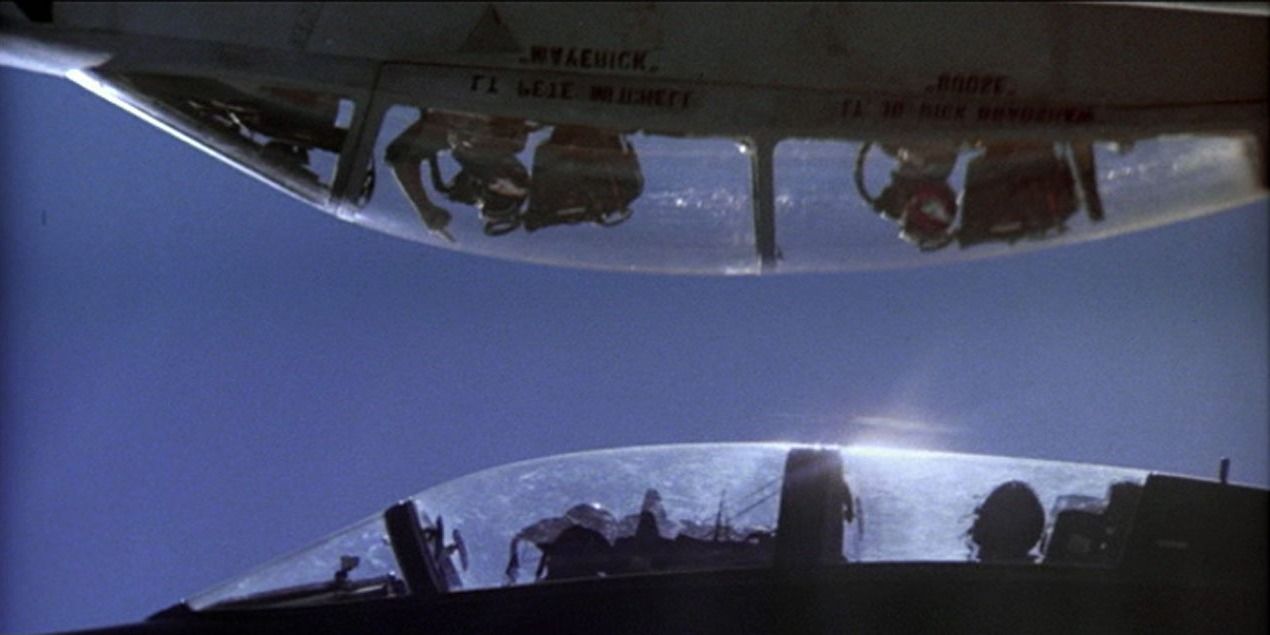
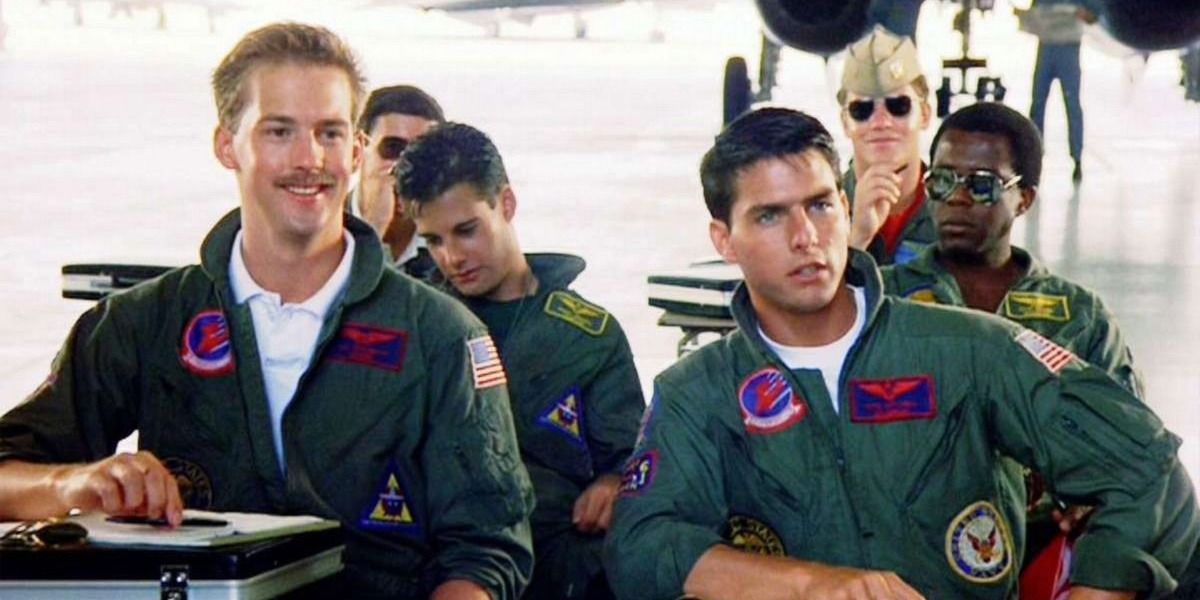
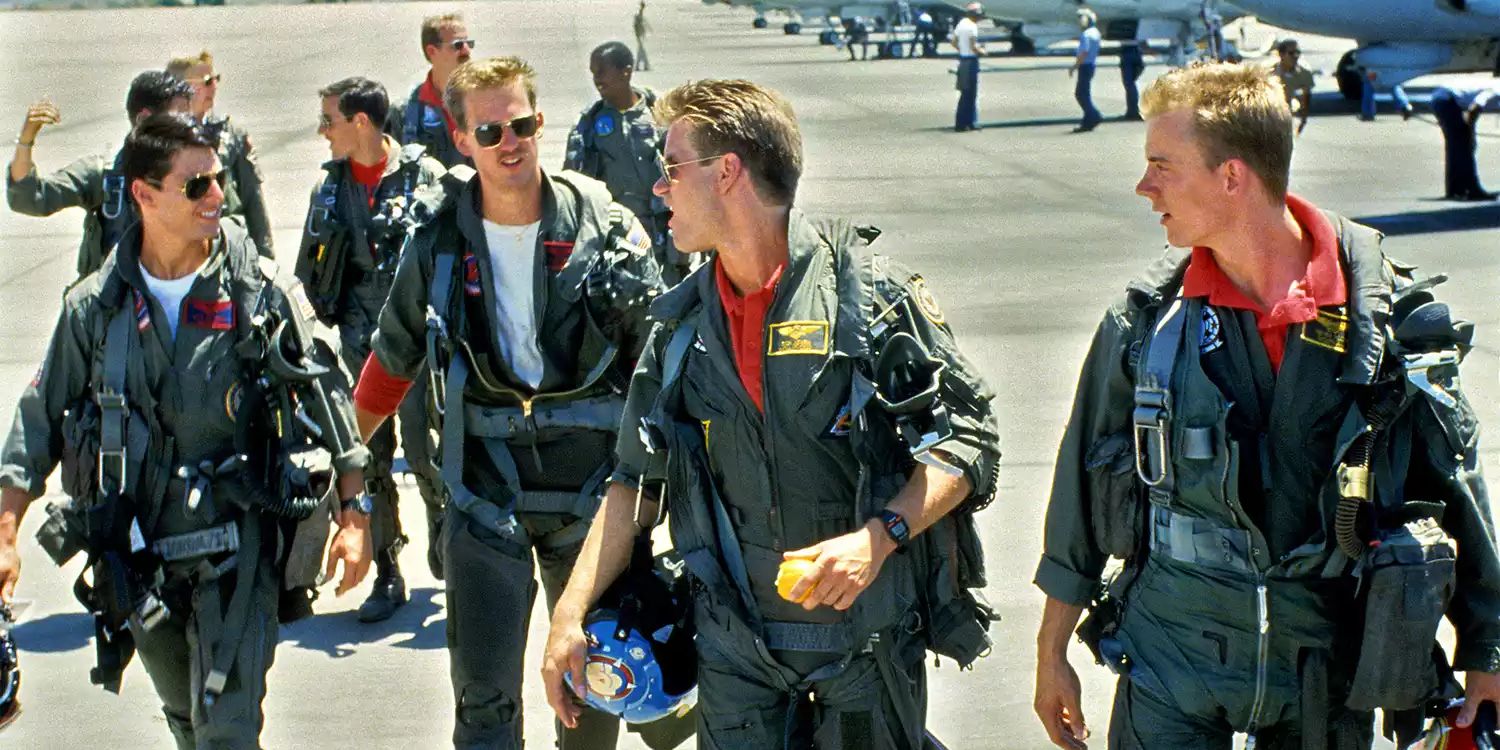
The creation of the MiG-28 wasn’t just about addressing logistical and political issues; it also boosted the action scenes and visual aesthetic of Top Gun, playing a key role in its popularity. The jet’s all-black stealth design made enemy aircraft stand out as the ‘villains,’ providing a striking contrast against the bright California skies or the expansive Indian Ocean. This was particularly noticeable when compared to the bulkier, gray F-14 Tomcats flown by characters like Maverick.
For an enhanced sense of excitement, since the MiG-28 was a fictional plane, the makers enjoyed unrestricted storytelling liberty to portray its abilities in a manner that intensified the plot and heightened suspense. They could make it as unpredictable as required, testing Maverick to his utmost limits, which we ultimately witness. Consequently, the aircraft became a focal point for the characters, and the narrative spawned some of the most memorable and pulse-pounding scenes in Top Gun.
At TOPGUN’s initial session, Maverick informs Charlie that her information about the MiG was incorrect since he personally encountered the adversary and observed the enemy performing a ‘negative G push-over.’ When Charlie queries how he managed to see it from his position above the jet, Maverick replies, “Because I was flying upside down.” In this thrilling sequence, Maverick, demonstrating either bravery or recklessness, positions his F-14 next to an opponent pilot while flying inverted, barely skimming the MiG-28, and makes a provocative gesture towards him. The scene is exhilarating.
A significant part of the excitement lies in the enigma surrounding those sleek black jets. The way they maneuver is unpredictable because the boundaries of their capabilities remain a secret to both the characters and viewers. This uncertainty made every encounter seem almost impossible. Employing American F-5s, flown by real TOPGUN trainers who also portrayed the largely hidden adversary pilots, led to exceptionally intricate aerial choreography. These pilots knew the capabilities of both the F-14s and F-5s inside out, using their knowledge to simulate MiGs. This allowed them to plan and execute thrilling, close, and complex dogfights without risk, resulting in the pulse-pounding action sequences that are the film’s defining feature.
The Delibrate Wrong Detail Added a Magic & Timeless Appeal
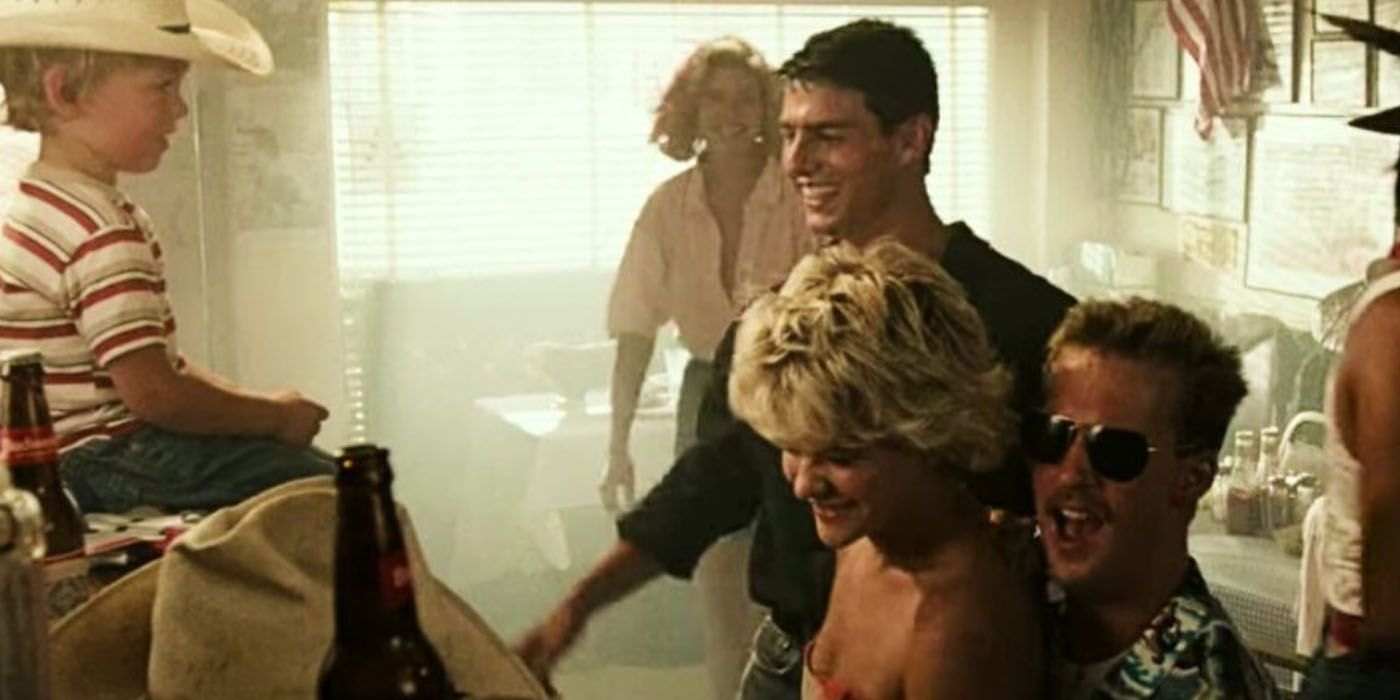
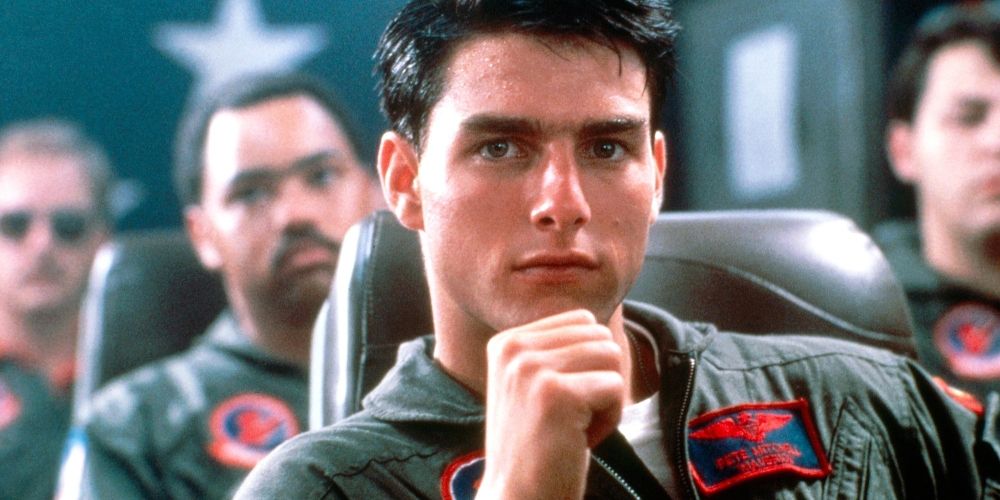
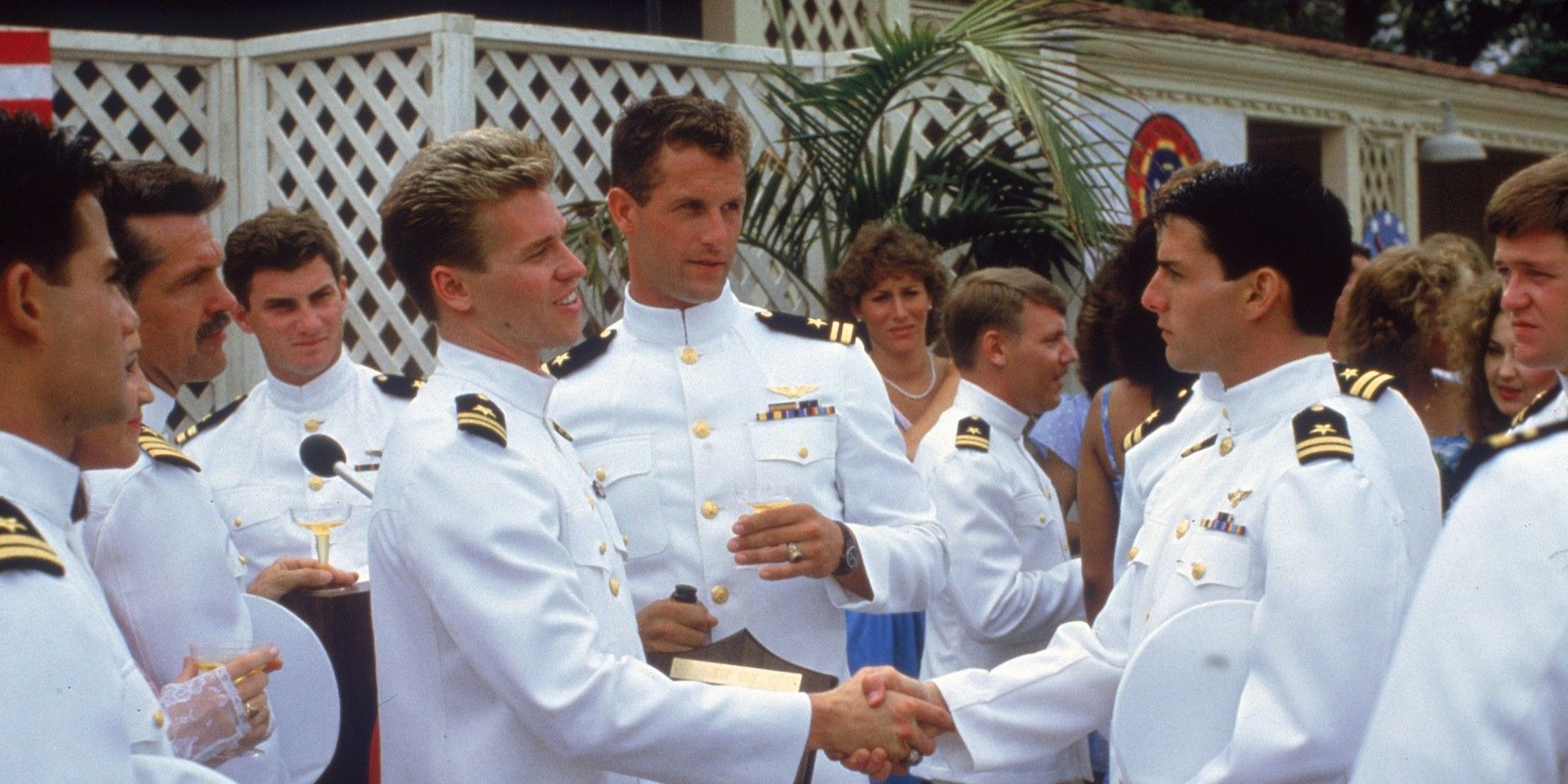

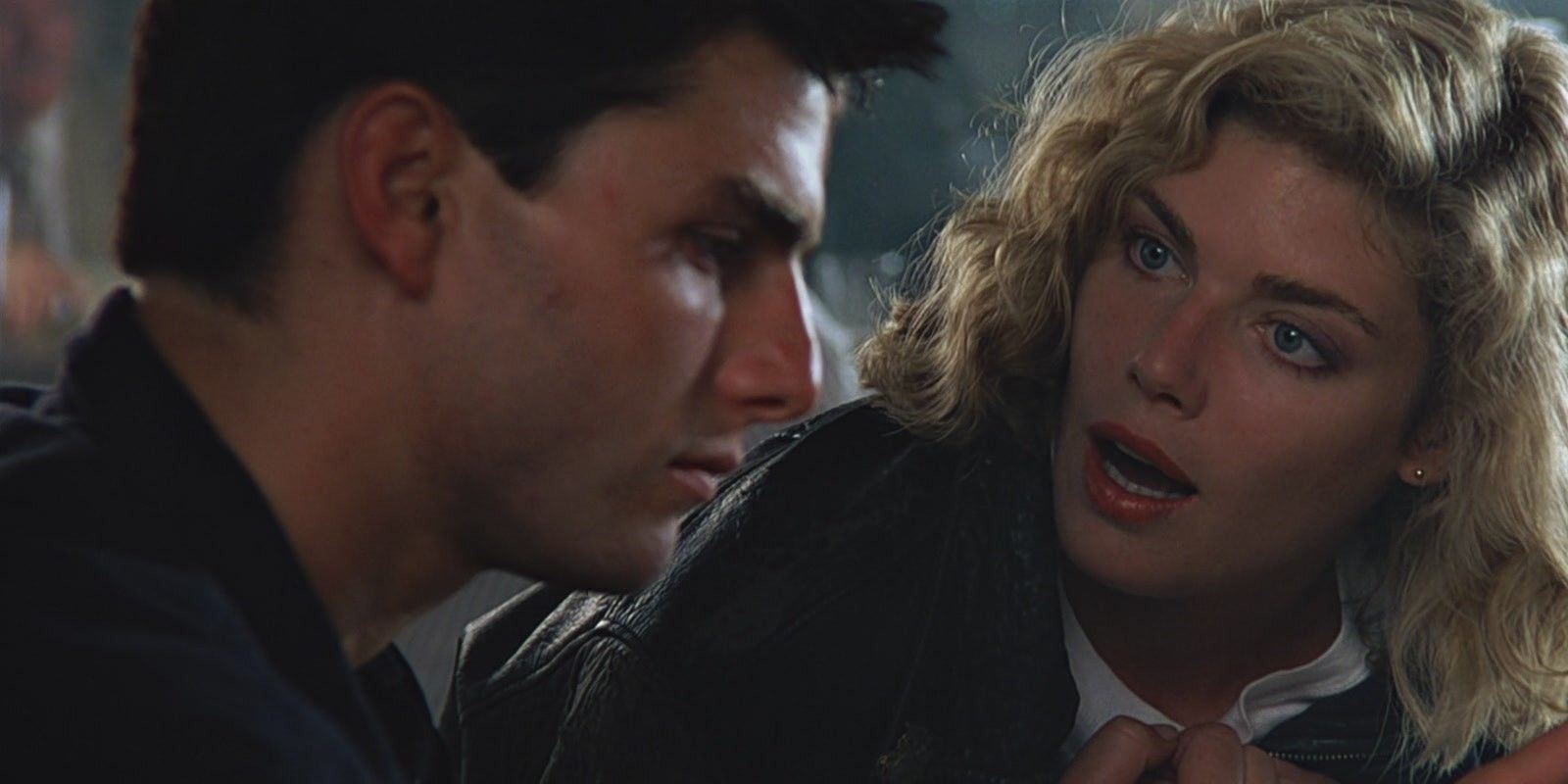
As I sat down to watch the iconic film, “Top Gun,” I found myself immersed in an exhilarating, aspirational tale that bordered on myth. The creators wisely opted to keep the enemy unnamed and their plane a work of fiction, thus avoiding entanglements in real-world conflicts or complex geopolitics. This strategic decision allowed the movie to resonate not just as a story about specific events, but as a universal narrative about individual bravery, teamwork, intense rivalry (Maverick vs. Iceman), dealing with loss, and seeking redemption.
globally, audiences throughout time have been able to relate to Maverick’s personal odyssey and the awe-inspiring aspect of aviation, regardless of their familiarity with Cold War geopolitics. The film primarily concentrated on the pilots, their extraordinary abilities, their brotherhood, and the intense atmosphere of TOPGUN. Audience members, whether intentionally or not, welcomed this creative freedom as it suited the purpose of the movie Top Gun intended to achieve.
The film wasn’t designed as a historically accurate documentary or a gritty war movie; instead, it presented an intense, exaggerated, almost romanticized portrayal of naval aviation meant to excite, motivate, and amuse. Director Tony Scott was determined to create a thrilling, adrenaline-pumping, and dramatic experience, so he prioritized emotion over technical details. As reported by a former F-14 RIO and Top Gun instructor, Scott occasionally clashed with instructors about technical matters, often responding with “We’re not making a documentary!
As a movie enthusiast, I found myself utterly captivated by this film, for it showcases a breathtaking display of cinematic artistry that triumphs over technical finesse. The filmmakers deliberately opted for the enchanting allure of “movie magic” instead of meticulously adhering to reality. One of the most striking elements contributing to this captivating experience was the prominent presence of MiG-28 aircraft, which served as the high-energy “cool factor” that left audiences spellbound in 1986 and still enchants us today. This imaginative concept stands as a testament to how filmmakers often favor stylistic representations over faithful depictions, amplifying the story’s emotional resonance.
As a dedicated fan, I can’t help but appreciate how the “supposedly” counterfeit MiGs played a pivotal role in shaping the classic narrative – the valiant protagonist against the enigmatic adversary. This emphasis on thrill, valor, and cinematic storytelling is a significant reason why this film remains captivating, a reason that keeps fans eagerly revisiting it, and a reason that allows it to be introduced to new generations.
Read More
- 50 Goal Sound ID Codes for Blue Lock Rivals
- Quarantine Zone: The Last Check Beginner’s Guide
- 50 Ankle Break & Score Sound ID Codes for Basketball Zero
- Basketball Zero Boombox & Music ID Codes – Roblox
- How to use a Modifier in Wuthering Waves
- Lucky Offense Tier List & Reroll Guide
- Tainted Grail The Fall of Avalon: Best Beginner Build Guide
- Ultimate Myth Idle RPG Tier List & Reroll Guide
- Enshrouded Hemotoxin Crisis: How to Disable the Curse and Save Your Sanity!
- INJ PREDICTION. INJ cryptocurrency
2025-05-30 07:06